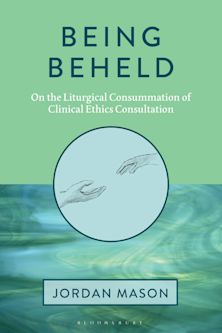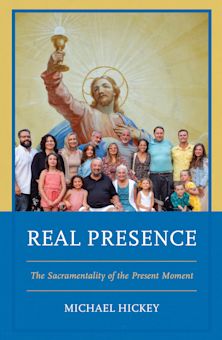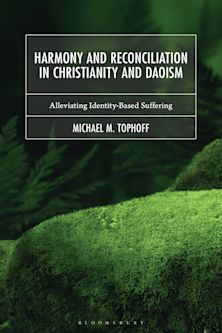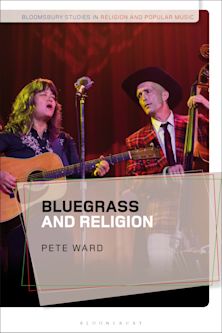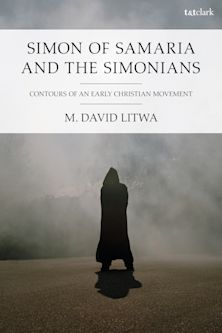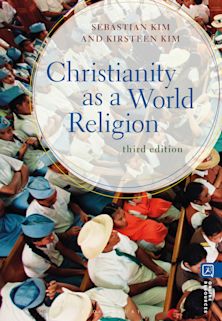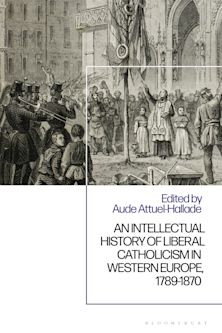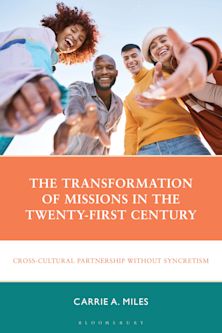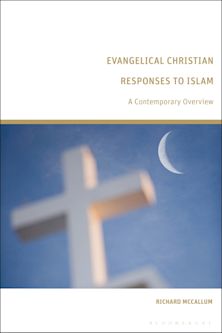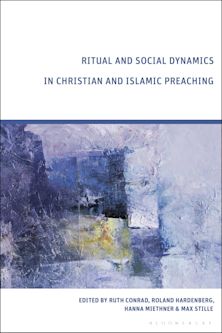- Home
- ACADEMIC
- Religious Studies
- Christianity
- After The Passion Is Gone
After The Passion Is Gone
American Religious Consequences
After The Passion Is Gone
American Religious Consequences
This product is usually dispatched within 2-4 weeks
- Delivery and returns info
-
Flat rate of $10.00 for shipping anywhere in Australia
You must sign in to add this item to your wishlist. Please sign in or create an account
Description
Mel Gibson's The Passion of the Christ topped box office charts and changed the American religious conversation. The controversies it raised remain unsettled. In After The Passion Is Gone: American Religious Consequences, leading scholars of religion and theology ask what Gibson's film and the resulting controversy reveal about Christians, Jews, and the possibilities of interreligious dialogue in the United States. Landres and Berenbaum's collection moves beyond questions of whether or not the film was faithful to the gospels, too violent, or antisemitic and explores why the debate focused on these issues but not others. The public discussion of The Passion shed light on a wide range of American attitudes-evangelical Protestant, mainline Protestant, Roman Catholic, and Jewish-about media and faith, politics and history, Jesus and Judaism, fundamentalism and victimhood. After The Passion Is Gone takes a unique view of vital points in Christian-Jewish relations and contemporary American religion.
Table of Contents
Part 2 Part One: The Context of The Passion
3 Introduction to Part One
4 Almost a Culture War: The Making of the Passion Controversy
5 Passionate Blogging: Interfaith Controversy and the Internet
6 Living In the World, but Not Of the World: Understanding Evangelical Support for The Passion of the Christ
7 The Passion Paradox: Signposts on the Road toward Mormon Protestantization
8 Is it Finished? The Passion of the Christ and the Fault Lines in American Christianity
Part 9 Part Two: The Passion in Context
10 Introduction to Part Two
11 The Journey of the Passion Play from Medieval Piety to Contemporary Spirituality
12 The Gibson Code?
13 "But is it Art?": A Prelude to Criticism of Mel Gibson's The Passion of the Christ
14 Antisemitism without Erasure: Sacred Texts and Their Contemporary Interpretations
15 Theologizing the Death of Jesus, Gibson's The Passion, and Christian Identity
16 Manly Pain and Motherly Love: Mel Gibson's Big Picture
17 Imago Christi: Aesthetic and Theological Issues in Jesus Films by Pasolini, Scorsese, and Gibson
Part 18 Part Three: Jews and Christians: Reframing the Dialogue
19 Introduction to Part Three
20 Theological Bulimia: Christianity and Its Dejudaization
21 A March of Passion, Or, How I Came to Terms with a Film I Wasn't Supposed to Like
22 The Exposed Fault Line
23 Crucifying Jesus: Antisemitism and the Passion Story
24 Five Introspective Challenges
25 No Crucifixion = No Holocaust: Post-Holocaust Reflections on The Passion of the Christ
26 The Passionate Encounter: The Ethics of Affirming Your Faith in a Multi-Religious World
27 Reframing Difference: Evangelicals, Scripture, and the Jews
28 Afterword: The Passion of War
Product details
| Published | 15 Nov 2004 |
|---|---|
| Format | Paperback |
| Edition | 1st |
| Extent | 368 |
| ISBN | 9780759108158 |
| Imprint | AltaMira Press |
| Dimensions | 226 x 153 mm |
| Publisher | Bloomsbury Publishing |
About the contributors
Reviews
-
Mel Gibson's The Passion of The Christ unleashed a tsunami of commentary that revealed a great deal about our passions, our fears, and our stereotypes. Commendably, the thought-provoking essays in this volume both analyze and expand that conversation. A most worthwhile book.
Randall Balmer, Barnard College, Columbia University
-
The Passion has raised passions, some that share the peace of our prayers and faiths, some that do not. The challenge is, with the guidance of prayer and of prayerful and disciplined reasoning, to learn to separate the one from the other. After The Passion is Gone is a worthy effort to pursue this learning. Addressed broadly to a North American readership, this book is of particular use to Jews and Christians who reflect soberly and piously about both the inner light and the public consequences of their devotions.
Peter Ochs, University of Virginia
-
Amid the astonishing abundance of public commentary on Mel Gibson's film, The Passion of the Christ, this collection of essays is noteworthy for presenting a rich and varied selection of religious, historical, cultural, and artistic perspectives, thus expanding the possibilities for fruitful reflection and dialogue.
Journal Of Religion & Society
-
After The Passion is Gone . . . will appeal and prove useful to various audiences. The overall lack of disciplinary jargon, the lucid explanations given to the issues addressed in the individual essays, and the diverse perspectives from which the subject matter is engaged make this book accessible to scholars from various fields and to a more general readership. Students of religion and culture will find this book particularly helpful as an example of how religion and popular culture can engage each other from a variety of perspectives and for showing the complexity of the relationship between the two.
Hollis D. Phelps IV, Claremont Graduate University, Journal of Religion and Popular Culture














